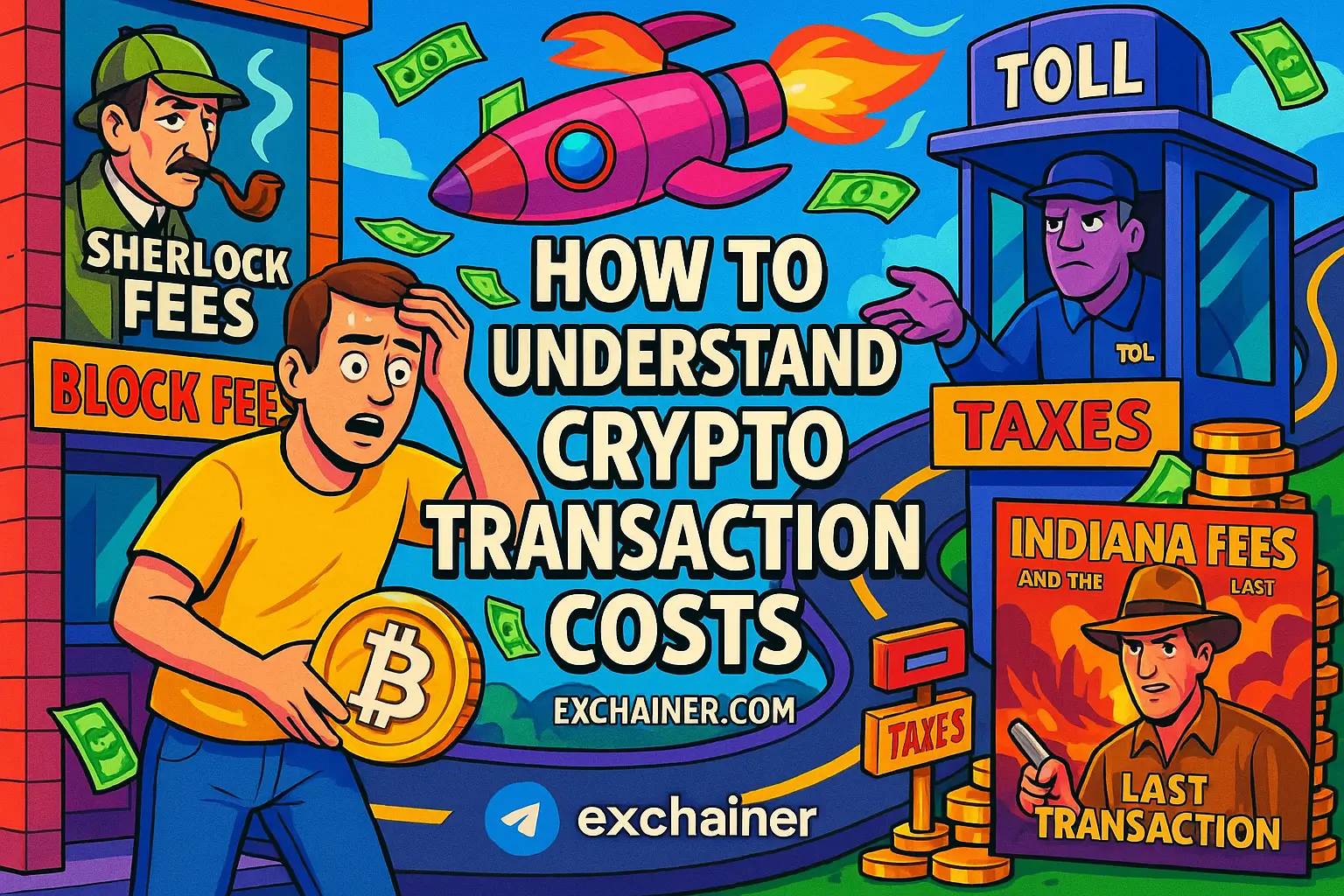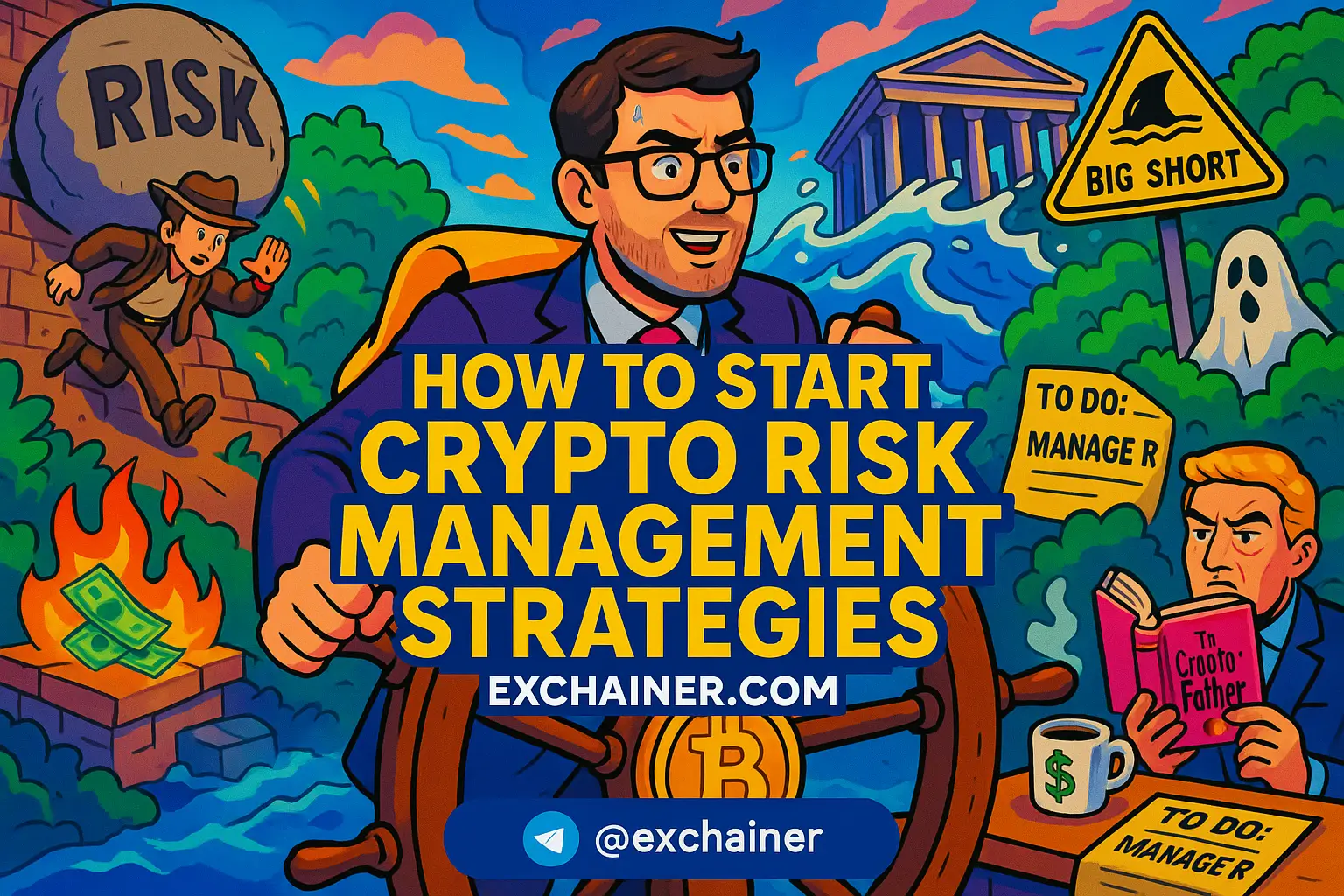Introduction
Friends, have you ever tried using a popular blockchain service during peak hours and felt the frustration of slow transactions or sky-high fees? For example, the Ethereum network famously faced congestion problems during the 2021 NFT boom, with gas fees soaring and transactions delaying for hours. This bottleneck highlights a core challenge in crypto: scalability. If you're diving into the crypto world, understanding how a project plans to handle scalability is absolutely crucial. Today, we explore how to analyze crypto project scalability plans effectively, breaking down the complex term “scalability” in the blockchain landscape.
So, what exactly does scalability mean in this context? Simply put, it refers to a blockchain network's ability to handle a growing number of transactions quickly, securely, and without excessive fees. As crypto projects grow in users and applications, their networks must process more data without compromising security or decentralization. In this guide, I'll walk you through everything from key performance metrics to the technologies pushing boundaries, helping investors, analysts, dApp builders, and curious researchers make sense of these plans.
We’ll combine quantitative metrics like throughput with an architectural review of Layer 1 and Layer 2 solutions, check the authenticity of roadmaps, and dive into the trade-offs between security and scaling. Plus, you’ll get a practical checklist packed with pointed questions for assessing any project’s scalability claims. Trustworthy sources matter hugely here — always refer to whitepapers, benchmark tests, audits, and community feedback from reliable platforms.
Ready to sharpen your skills and learn how to differentiate hype from reality in crypto scalability plans? Let’s get started and build the foundation for smart crypto decisions.
Key Scalability Metrics to Watch
Analyzing a crypto project’s scalability starts with hard data — the blockchain scalability metrics that give a snapshot of network performance. The most talked-about metric is throughput, often measured in transactions per second (TPS). However, understanding TPS involves more than just the headline number.
Projects commonly report a theoretical peak TPS — a best-case scenario with ideal conditions. For example, a project might claim 10,000 TPS, but in the real world, sustained throughput (transaction rates over longer periods without downsides) tends to be much lower. When vetting a project, ask: under what test conditions was this measured? Was the TPS figure based on simple transactions, or did it include complex smart contract operations? Did the test involve batching transactions to inflate numbers? These details impact real-world performance.
Latency and confirmation times matter too. Latency refers to how long it takes for a transaction to be included in a block and confirmed. Fast confirmation means users spend less time waiting for their transactions to finality — but note the difference between probabilistic finality (where finality is probable after several blocks) and deterministic finality (guaranteed finality instantly). Projects that offer deterministic finality generally boast lower risk of chain reorganizations but might sacrifice speed or decentralization.
Another critical metric is state growth — the size and complexity of the blockchain data that nodes must store over time. Rapid state growth can make it harder for new nodes to join and increase storage requirements, threatening decentralization. Investors should look for pruning and archival strategies or light-client support that prevent “state bloat.” Nodes that require excessive hardware exclude casual validators, centralizing validation to a few powerful players.
In summary, watch throughput, latency, and state growth metrics closely. They’ll signal whether a project’s scalability plan stands up to real-world usage beyond optimistic headlines.
Scaling Technologies: Layer 1, Layer 2, Rollups & Sharding
To unpack a project's scalability plan, you need to understand the technologies it leverages. The debate between layer 1 and layer 2 scalability solutions is central here, with each offering different approaches and trade-offs.
Layer 1 upgrades refer to changes made directly to the base blockchain protocol. These can include consensus algorithm improvements, increasing block size or gas limits, or implementing sharding — splitting the blockchain into multiple parallel shards to process transactions concurrently. When examining proposals or roadmaps, confirm if these upgrades have been peer-reviewed and tested. For example, Ethereum’s roadmap to Ethereum 2.0 prominently features sharding and Proof-of-Stake consensus to enhance scalability while improving security and energy efficiency.
Layer 2 solutions, on the other hand, build additional protocols on top of the base chain to offload transactions, increasing speed and reducing gas costs. Popular layer 2 designs include optimistic rollups, zk-rollups, state channels, and sidechains. Optimistic rollups bundle transactions and assume transactions are valid unless fraud proofs emerge later, while zk-rollups use zero-knowledge proofs to instantly verify transaction validity and offer faster finality. Each model differs in how much security it inherits from the layer 1 chain. Sidechains and state channels may offer higher throughput but rely on separate consensus systems, introducing additional trust assumptions.
Cross-system compatibility and composability are hot topics too. Projects promising seamless bridges between rollups or with the base chain must address data availability (ensuring transaction data is always accessible) and sequencer models (entities ordering transactions). Centralized sequencers might boost performance but create single points of failure or censorship risks. Look for detailed explanations of how these components work, security guarantees, and fail-safe mechanisms.
Understanding these technologies clarifies the realism behind scalability claims and helps predict user experience and security posture.
Assessing Roadmaps, Teams & Implementation Plans
A project’s crypto scalability roadmap reveals how seriously it takes delivering on promised upgrades. When reviewing it, look for specific, verifiable milestones rather than vague ambitions. Concrete plans should include detailed timelines, staged rollouts from testnet to mainnet, and clearly defined goals — for instance, “launch zk-rollup testnet by Q3 2024” rather than “improve scaling soon.”
Don’t overlook the team behind the plan. Assessing developer experience, involvement in academic research, and ecosystem partnerships is essential. Top teams often include contributors from prestigious institutions or established blockchain organizations, and they build comprehensive tooling like node clients and software development kits (SDKs) to support ecosystem growth.
Governance mechanisms also influence scalability success. Some projects use on-chain governance where token holders vote on protocol upgrades; others rely on core developer teams. Understanding decision-making transparency and community involvement helps evaluate upgrade risks and responsiveness to security issues. Funding sustainability is another factor — does the project have sufficient resources to maintain infrastructure post-launch? Finally, consider upgradeability — will nodes and users face difficulties updating? A rollback mechanism is a plus in case an upgrade introduces bugs.
By scrutinizing these elements, you gain insight into whether a scalability plan is built on solid foundations or just marketing hype.
Testing, Benchmarks & Real-world Stress Tests
Seeing is believing, and testing forms a critical piece of the scalability puzzle. When analyzing blockchain scalability testing, start with benchmark reports measuring key metrics under controlled environments. But ask: who ran the tests? Were these internal tests by the project team, or independent audits? What hardware and network conditions were used — a server farm or regular consumer-grade machines?
Beware synthetic tests designed to show best performance but lacking real-world constraints. TPS under constant flood conditions is great, but how does the network behave with varied transaction types, potential spam, or complex smart contract calls? And can these results be reproduced by third parties? Reproducibility signals transparency and reliability.
Testnet results can be deceptively optimistic. Incentives differ: mainnet operators deal with real money and potential attacks, whereas testnets often lack economic pressures. Protocol forks or shadow mainnets used for stress testing provide better insights into how networks handle real user loads and malicious actors.
Community data adds another helpful layer. Independent benchmarks by academic institutions, security audits focusing on scalability components, and publicly available telemetry like explorer stats and validator performance provide a fuller picture. Check audit reports for thoroughness on new features such as fraud proofs or zero-knowledge circuits.
Combining these data points enables informed judgments on scalability feasibility beyond just marketing numbers.
Security, Economics & Trade-offs
Finally, no scalability plan exists in a vacuum. The trade-offs between security, decentralization, and performance must be understood to avoid pitfalls.
Increasing throughput often requires raising hardware and networking requirements for validators. This can inadvertently centralize validation, as fewer participants can afford the resources, thus increasing systemic risks. Metrics like validator set size and diversity are good proxies for decentralization health.
Economic incentives also shift under scale. Fee markets become more complex with higher throughput, affecting priority transactions and miner or validator behavior. Miner Extractable Value (MEV) — profits from reordering or censoring transactions — may increase with network activity, potentially undermining fairness. Projects with scalability plans should offer strategies to mitigate adverse fee market effects and MEV abuses, such as fair sequencer designs or transparent transaction inclusion protocols.
Moreover, introducing new components like sequencers for rollups, fraud-proof mechanisms, or zk-proof setups increases attack surfaces and maintenance complexity. Continuous engineering investment and active bug-bounty programs signal readiness to handle these challenges.
Weighing these trade-offs helps avoid projects that sacrifice core blockchain values for short-term speed gains.
Conclusion
To wrap this up, analyzing crypto project scalability plans requires a multifaceted approach. Start by digging into key scalability metrics — throughput, latency, and state growth — to understand baseline network performance. Get acquainted with the underlying scaling technologies and differences between Layer 1 and Layer 2 solutions, considering how architectural choices affect security and user experience.
Next, examine roadmaps, team credentials, and governance models critically. Realistic timelines, solid developer expertise, and transparent upgrade processes increase confidence in a project’s scalability ambitions. Combine this with a careful review of benchmarks and real-world test results, focusing on test reproducibility and mainnet-like conditions. Don’t forget to seek community audits and telemetry as objective data points.
Lastly, remember the scalability trade-offs — increased throughput can invite centralization risks, complex economics, and new vulnerabilities. A mature project must address these with clear plans and ongoing support.
Here’s a quick checklist to guide your vetting process: How was TPS measured and under what conditions? Who controls sequencers and bridges? Is the roadmap concrete with verifiable milestones? Are benchmark tests reproducible and independent? What decentralization metrics are disclosed? Has the project undergone meaningful audits? Are upgrade mechanisms transparent?
Watch out for red flags like vague benchmarks, single points of control, lack of audits, or unproven technologies. Green flags include open-source development, active community validators, and realistic progress reports.
In the end, combine technical insight with your personal risk tolerance and investment goals. When in doubt, seek expert reviews or even run your own simple stress tests if possible. Scalability remains a core challenge — but knowing how to analyze plans equips you to find the projects that can deliver real, sustainable growth.
Want to deepen your crypto understanding? Check out more beginner-friendly guides on Exchainer Crypto 101, find trustworthy exchange reviews at Exchainer Exchange Reviews, or explore essential tooling and wallet options at Exchainer Tools & Wallets. Your journey to mastering crypto starts here!
Additional reading on blockchain scalability: CoinMarketCap: The Ultimate Guide to Blockchain Scalability and detailed Ethereum 2.0 updates at Ethereum.org ETH2 Roadmap.












